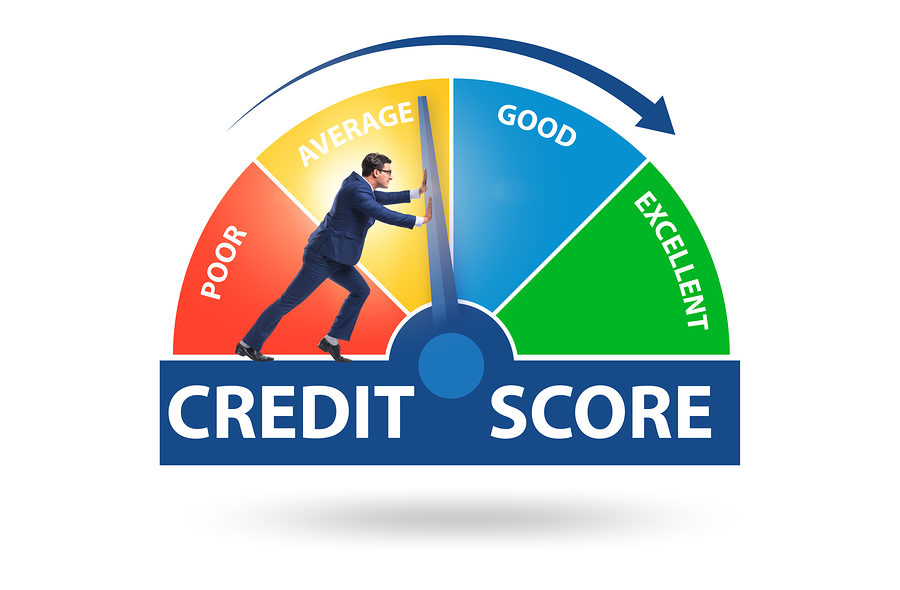Fair Isaac Corporation, the company behind the credit score used widely by lenders across the country, otherwise known as the FICO score, announced that two new scoring models will be released this summer. These changes will impact consumers in the future, which is why it is important that consumers understand these changes and plan for what they can to keep their credit scores in a good range.
The FICO score is a three-digit credit score that is based on a person’s credit report. The score is a quick way for lenders to be able to assess the borrower’s credit history and to determine whether the borrower is a lending risk. FICO scores range between 300 to 850, with the higher the score the better. The better the person’s FICO score is, the more likely he or she will be approved for financing.
While other types of credit scores are available, by far, the FICO credit score is the most used one. The FICO score is based on five different factors including:
- Consumer’s Payment History – Thirty-five percent (35%) of a person’s FICO score is influenced by the consumer’s payment history, specifically whether he or she has a good history of making payments on time;
- Credit Utilization – A person’s FICO score is also influenced by how much credit a person is using in comparison to his or her total amount of available credit. Thirty percent (30%) of a person’s FICO score is influenced by his or her credit utilization;
- Credit History – FICO scores are also 15 percent influenced by how long the individual’s credit accounts have been established;
- Credit Mix -FICO scores are also influenced by how much of the individual’s available credit comes from different sources, including credit cards, student loans, mortgages, or personal loans. Approximately 10 percent of a person’s FICO score is influenced by this factor;
- New Credit – In addition, 10 percent of a person’s FICO score is influenced by whether a person has opened multiple new credit accounts within a short period of time.
The new FICO models will not necessarily change the factors listed above, but rather; the changes involve weighing behaviors exhibited by consumers heavily that raise red flags to lenders who are looking into the borrower’s history. One example of consumer behavior that will be seen more negatively is someone who pays down his or her credit card debt by consolidating it into one personal loan only to later run up new balances on the same credit cards. This type of behavior will be seen negatively by lenders. Many consumers use this strategy to pay off credit cards, and while it can be a valid method to take, if the person later racks up credit card debt again on top of the personal loan balance, this behavior will reflect negatively on his or her credit score under the new FICO rules.
The new changes to FICO scores will also involve looking at a longer picture of a consumer’s credit habits. Prior to the FICO 10-T changes, the FICO score only looked a month-long snapshot of a person’s credit history and habits. Depending on the time of year, this could be unfair to the consumer, especially if he or she is seeking financing shortly after the holiday shopping season. By taking a 24-month-long snapshot, the lender can get a better picture of how the borrower handles his or her long-term finances.
An expected 80 million consumers should anticipate seeing some type of shift of 20 points or more in their credit scores as a result of these new FICO models. Half of these individuals should see numbers go up while half should see figures go down by this amount. For someone who already has solid credit, this up or down movement should not be terribly significant. In fact, it will likely only help those who already have strong credit scores. FICO also estimates that an additional 110 million consumers will see a very slight, modest change.
Please click here to read more.
If you have questions on this topic or are in financial crisis and considering filing for bankruptcy, contact an experienced Miami bankruptcy attorney who can advise you of all of your options. As an experienced CPA as well as a proven bankruptcy lawyer, Timothy Kingcade knows how to help clients take full advantage of the bankruptcy laws to protect their assets and get successful results. Since 1996 Kingcade Garcia McMaken has been helping people from all walks of life build a better tomorrow. Our attorneys’ help thousands of people every year take advantage of their rights under bankruptcy protection to restart, rebuild and recover. The day you hire our firm, we will contact your creditors to stop the harassment. You can also find useful consumer information on the Kingcade Garcia McMaken website at www.miamibankruptcy.com.



